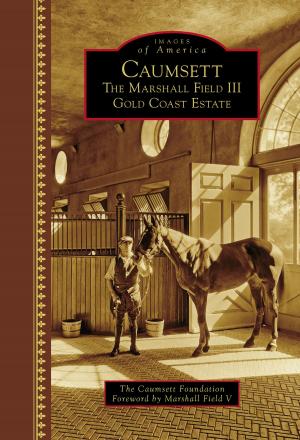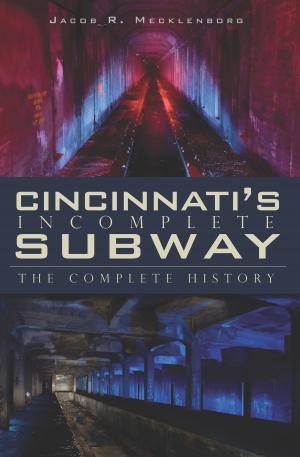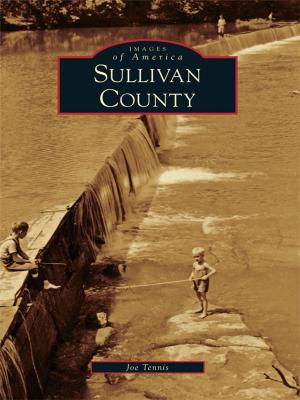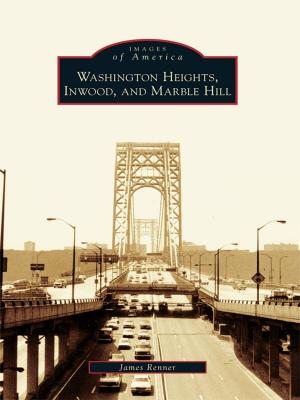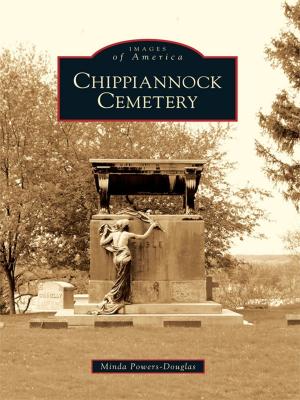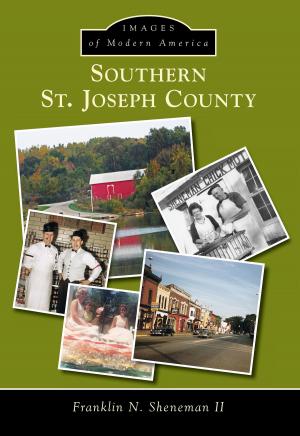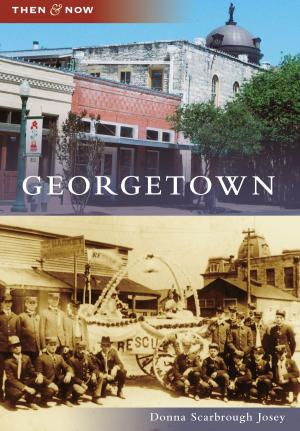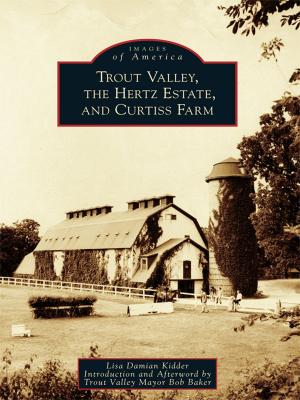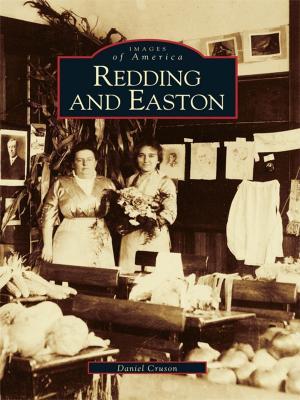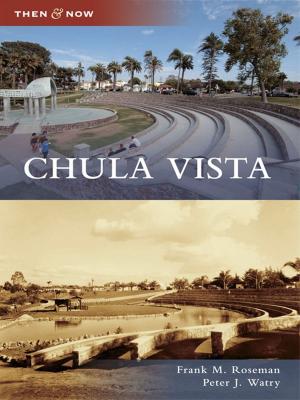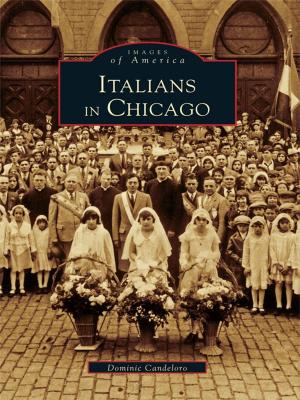Plano's Historic Cemeteries
Nonfiction, Art & Architecture, Architecture, Public, Commercial, or Industrial Buildings, Photography, Pictorials, Travel, History| Author: | The Plano Conservancy for Historic Preservation, Inc. | ISBN: | 9781439647417 |
| Publisher: | Arcadia Publishing Inc. | Publication: | September 22, 2014 |
| Imprint: | Arcadia Publishing | Language: | English |
| Author: | The Plano Conservancy for Historic Preservation, Inc. |
| ISBN: | 9781439647417 |
| Publisher: | Arcadia Publishing Inc. |
| Publication: | September 22, 2014 |
| Imprint: | Arcadia Publishing |
| Language: | English |
The Plano of today would not be recognizable to the pioneers who settled this section of the blackland prairie. Arriving in the early 1840s, these colonists from Tennessee and Kentucky were captivated by Sam Houston�s stump speeches about the rich, fertile farmland of North Texas. All of their frontier cemeteries, large and small, are now surrounded by golf courses, subdivisions, and commercial development. The final resting places of Plano�s pioneers still exist because of the hard work of cemetery associations, civic groups, concerned citizens, the City of Plano Parks Department, and the Plano Conservancy for Historic Preservation. These silent spaces hold a wealth of history that helps tell the story of Plano�s beginnings as a rural farming community.
The Plano of today would not be recognizable to the pioneers who settled this section of the blackland prairie. Arriving in the early 1840s, these colonists from Tennessee and Kentucky were captivated by Sam Houston�s stump speeches about the rich, fertile farmland of North Texas. All of their frontier cemeteries, large and small, are now surrounded by golf courses, subdivisions, and commercial development. The final resting places of Plano�s pioneers still exist because of the hard work of cemetery associations, civic groups, concerned citizens, the City of Plano Parks Department, and the Plano Conservancy for Historic Preservation. These silent spaces hold a wealth of history that helps tell the story of Plano�s beginnings as a rural farming community.



